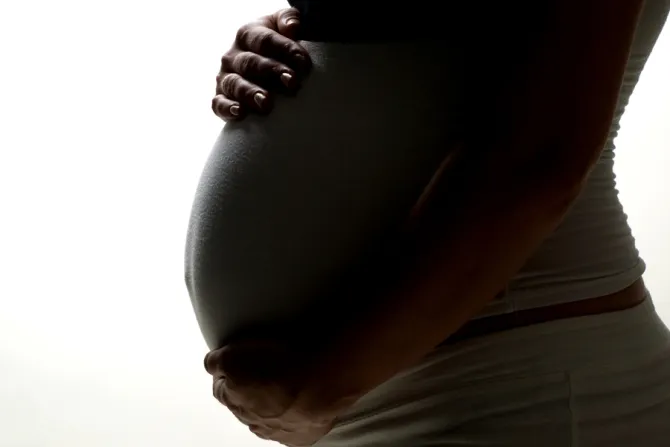CNA Staff, May 21, 2020 / 07:15 am
The birth rate in the United States fell to a record low last year, with the fewest babies being born in 35 years. Experts are predicting the trend to continue, and warn the coronavirus could cause an even sharper decline in future years.
Statistics released May 19 by the Centers for Disease Control National Center for Health Statistics show that, in 2019, 3.75 million children were born – a drop of 1% from 2018. The figures also show a 2% drop in overall fertility, with only 58.2 births registered for every 1,000 women between the ages of 15-44. This is the lowest rate since records began in 1909.
The overall fertility rate now stands at 1.7, well below the 2.1 needed for population replacement.
Birthrates have been in steady decline for more than a decade following a peak before the 2008 financial crisis. The 2019 statistics show falling fertility across all age groups except one, women in their 40s.
Dr. Catherine Pakaluk, Assistant Professor of Social Research and Economic thought at the Catholic University of America, told CNA that the data confirms the ongoing trend seen over the last decade, and that the current coronavirus pandemic is likely to further depress fertility.
"The downward trend in birth rates observed in the last several years is not a flash in the pan," she told CNA. "Unfortunately, the economic devastation ushered in by COVID-19 is likely to make late 2020 worse, and 2021 worse still."
Many have speculated that months of lockdowns and stay-at-home orders could result in a mini "baby boom," and that 2020 figures might show a spike in births towards the end of the year. But, Pakaluk warned, this optimism could prove to be unfounded.
"You'll hear lots of people joke about couples on lockdown with nothing better to do than 'make a baby'. But that's just wishful thinking."
"Plenty of evidence says that unemployment is one of the best predictors of negative fertility shocks. With new jobless claims approaching a staggering 40 million, there are many couples, sadly, who will choose not to have a baby that they already conceived -abortion- and certainly many more who will postpone a baby they were hoping to have this year or next," she said.
"For some fraction of those, that postponement will end up being permanent. Expect 2020, but especially 2021, to be far worse than what we see here."
Several trends continued in the data, suggesting that long term fertility rates will continue to drop. Teenage pregnancies have been in sharp decline for decades, with births among women under 20 dropping a further 5%, and declining by 73% overall since a peak in 1991.
Birthrates among Hispanic women also continued to drop, registering 20% fewer births than 2008 projections anticipated. Hispanic women account for nearly 25% of U.S. births.
Experts have long warned about the wider societal and economic problems associated with declining birth rates, especially below the population replacement rate. Programs like social welfare and subsidized medical care rely on growing populations which can contribute to the care of aging generations.
Commenting on these trends in an interview with CNA last year, Pakaluk said that the problems were obvious.
"We see immediately that it is not socially optimal from any rational social planning perspective because you know you cannot support the generous social programs that we like to think are good for society," Pakaluk said.
"Things like a decent social security system, MediCare, MedicAid, you just cannot sustain them in the long run with a total fertility rate of 1.7."
(Story continues below)
But, she warned, the problems caused by declining births was individual, not just societal.
"While the wider societal problems are well known," Pakaluk said, "what is fascinating is that is seems that it isn't individually optimal either."
"What we do know, which is not often raised in media coverage, is that over the last several decades every survey in a Western country that asks women to describe their ideal family size – every single one everywhere – gives you a number about one child more than women end up having."
Pakaluk said that the connection between parenthood and individual happiness is well known but rarely considered in relation to the fertility gap.
"We do know that children are a tremendous source of satisfaction for both men and women and if you take the net effect of [available data] on happiness and wellbeing - even in very controlled studies - we know that children contribute a tremendous amount of happiness."
"I would certainly say that we need to look at [how] we have the lowest birthrates on record and the highest rates of addiction and depression on record. I'm not ready to say that is causal, but I think we need to think about it," Pakaluk said.
"We are living in a fascinating paradox. In the post-feminist age of women's right and control of reproduction they are not getting what it is that they say they want."


